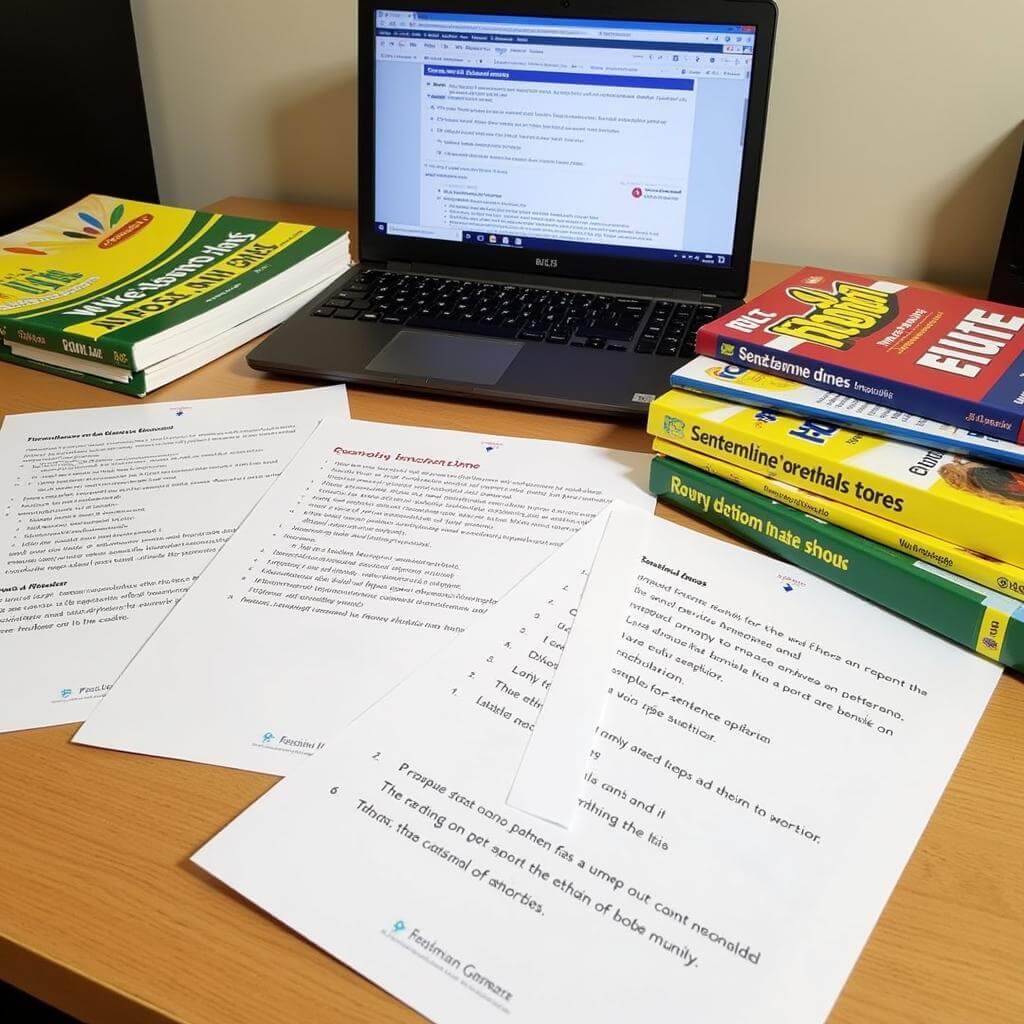Sentence inversion is a powerful technique that can significantly enhance your IELTS Writing score by adding sophistication and variety to your language. Rarely + inversion structure is this skill more crucial than in the IELTS exam, where examiners are looking for diverse sentence structures. This article will guide you through the process of practicing sentence inversion effectively, helping you to incorporate this advanced grammatical feature into your writing with confidence.
Understanding the Basics of Sentence Inversion
Before diving into practice techniques, it’s essential to grasp what sentence inversion entails. Inversion involves changing the typical subject-verb order to create emphasis or to express a particular meaning. This structure is often used in formal writing and can significantly boost your IELTS Writing band score when used correctly.
Common Triggers for Sentence Inversion
- Negative adverbs (e.g., never, rarely, seldom)
- Conditional sentences without ‘if’
- Comparisons with ‘so’ and ‘such’
- Adverbial expressions of place
Strategies for Practicing Sentence Inversion
To master this technique, consistent practice is key. Here are effective strategies to incorporate sentence inversion into your IELTS preparation:
1. Start with Simple Inversions
Begin by practicing with straightforward inversions using negative adverbs. For example:
- Original: We rarely see such dedication.
- Inverted: Rarely do we see such passion
2. Experiment with Conditional Sentences
Try rewriting conditional sentences without ‘if’ to create inversions:
- Original: If I had known earlier, I would have helped.
- Inverted: Had I known earlier, I would have helped.
3. Use Comparisons with ‘So’ and ‘Such’
Practice forming inversions with ‘so’ and ‘such’ to add emphasis:
- Original: The movie was so boring that we left early.
- Inverted: So quickly did he run that he broke the record
4. Incorporate Adverbial Expressions of Place
Utilize place expressions to create inversions that add variety to your writing:
- Original: You can’t find better food anywhere.
- Inverted: Nowhere can you find better food

Advanced Techniques for Mastering Sentence Inversion
As you become more comfortable with basic inversions, challenge yourself with these advanced techniques:
1. Combine Multiple Inversion Triggers
Create complex sentences by combining different inversion triggers:
- “Not only had he never visited Paris, but he had also rarely traveled outside his hometown.”
2. Use Inversion in Reported Speech
Apply inversion to add sophistication to reported speech:
- Direct: “Little did I know,” she said, “that the decision would change my life.”
- Reported: She remarked that little did she know the decision would change her life.
3. Practice with Emphatic Additions
Incorporate emphatic additions to your inverted sentences:
- “Were it easier, more people would try their hand at advanced mathematics.”
Common Pitfalls to Avoid When Using Sentence Inversion
While practicing, be aware of these common mistakes:
- Overusing inversions: Moderation is key. Use inversions sparingly for maximum impact.
- Incorrect verb forms: Ensure you’re using the correct auxiliary verbs in your inversions.
- Forgetting to invert: Remember to change the subject-verb order when using inversion triggers.
Integrating Sentence Inversion into Your IELTS Writing Practice
To effectively incorporate sentence inversion into your IELTS preparation:
- Dedicate specific practice sessions to sentence inversion exercises.
- Review sample IELTS essays and identify opportunities for inversion.
- Rewrite your own practice essays, incorporating inversions where appropriate.
- Seek feedback from a tutor or language exchange partner on your use of inversions.
Dr. Emily Thompson, an IELTS examiner with over 15 years of experience, emphasizes the importance of sentence inversion in achieving higher band scores: “Candidates who can skillfully employ sentence inversion demonstrate a superior command of English grammar, often setting themselves apart in the Writing and Speaking sections.”
Real-world Applications of Sentence Inversion
Understanding how sentence inversion is used in everyday contexts can help you apply it more naturally in your IELTS writing:
- Literature: “Seldom had the village seen such a spectacle.”
- Formal speeches: “Never before have we faced such a critical moment in history.”
- Academic writing: “Only through rigorous testing can we validate these findings.”
By recognizing these real-world applications, you can develop a more intuitive sense of when and how to use inversions effectively.
Conclusion
Practicing sentence inversion for variety in your IELTS Writing is a valuable investment in your language skills. By following the strategies outlined in this article and consistently incorporating inversions into your practice, you’ll be well-equipped to showcase your advanced grammar knowledge in the IELTS exam. Remember, the key to mastering this technique lies in regular practice and thoughtful application. So, embark on your inversion journey today, and watch your writing transform into more sophisticated and engaging prose.
FAQs About Practicing Sentence Inversion for IELTS
-
How often should I use sentence inversion in my IELTS essay?
Use inversions 2-3 times in a full-length essay. Quality and appropriateness are more important than quantity. -
Can sentence inversion be used in IELTS Speaking?
Yes, but use it sparingly and naturally. It’s more commonly expected in Writing tasks. -
Are there any specific topics where sentence inversion is particularly useful?
Inversion works well in essays about change, comparisons, or when emphasizing unusual situations. -
How can I avoid sounding unnatural when using inversions?
Practice incorporating inversions into your everyday English use, not just in exam preparation. -
Will using sentence inversion guarantee a higher IELTS score?
While it can contribute to a higher score, it must be used correctly and in conjunction with other advanced language features.